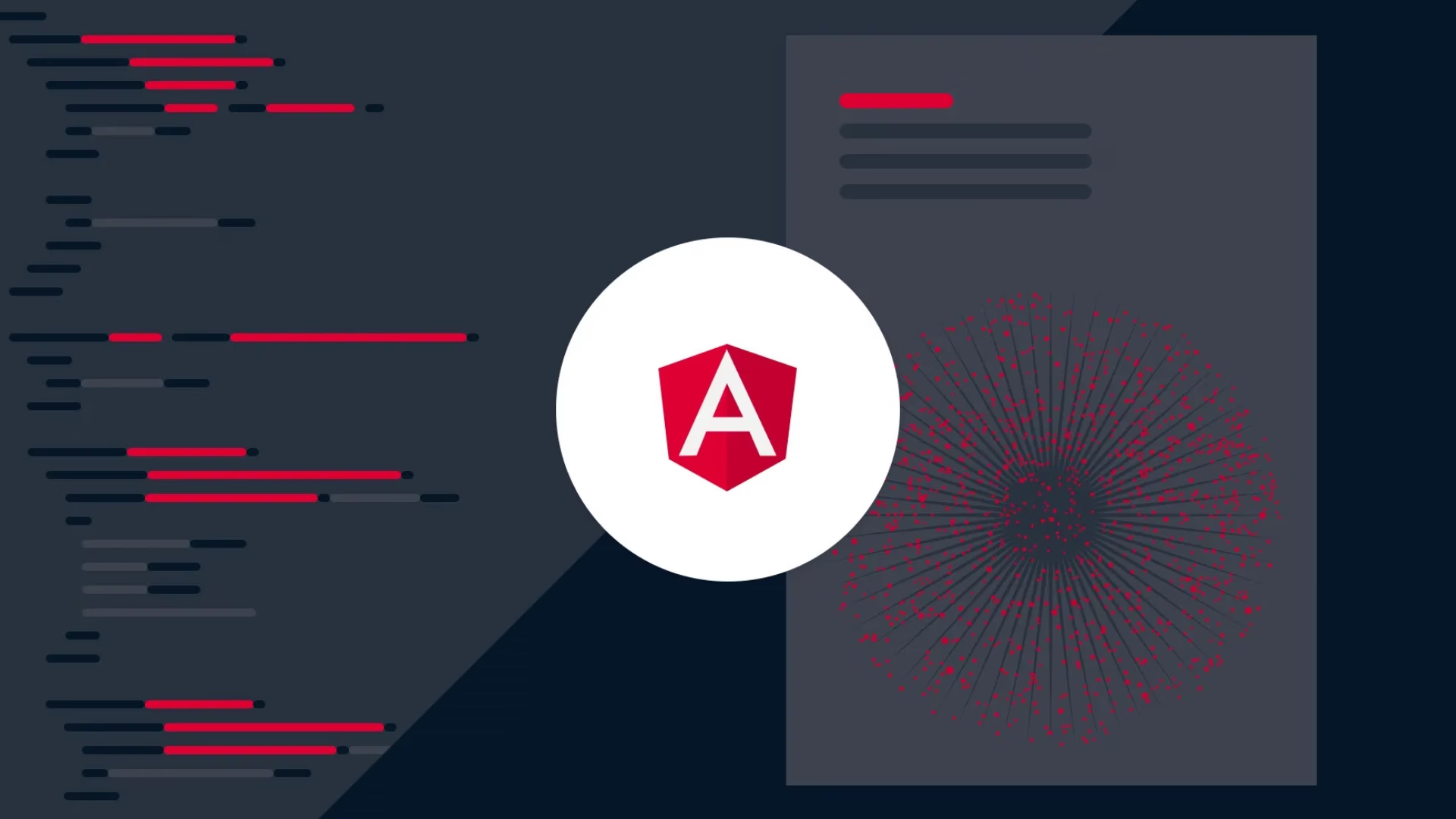Node.js: Detailed Analysis
Node.js: Detailed Analysis
Key Takeaway: Node.js enables agencies to build scalable, high-performance server applications using a unified JavaScript stack—ideal for real-time services, microservices backends, and streaming platforms.
Introduction
Node.js is a cross-platform, open-source JavaScript runtime built on Chrome’s V8 engine. It executes JavaScript code outside the browser, letting developers use a single language on both client and server sides. Its event-driven, non-blocking I/O model optimizes throughput and scalability for network applications with many simultaneous connections1.
History and Creator
Ryan Dahl created Node.js in 2009 to address Apache’s limitations handling 10,000+ concurrent connections by combining V8’s speed with an event loop and low-level I/O API1.
- May 27, 2009: First public release on Linux and macOS.
- January 2010: NPM introduced, fostering a collaborative package ecosystem.
- June 2011: Native Windows support added by Microsoft and Joyent.
- Subsequent Growth: Adopted by major companies (LinkedIn, Netflix, PayPal) and governed by the OpenJS Foundation for long-term stewardship1.
Benefits
- High Throughput & Speed: Non-blocking I/O and V8 compilation deliver low-latency handling of concurrent requests2.
- Unified Language: JavaScript on front end and back end reduces context switching and accelerates full-stack development1.
- Rich Ecosystem (npm): Over 1.4 million packages simplify adding features—from Express web servers to real-time Socket.io links3.
- Scalability: Lightweight, event-driven architecture scales horizontally via clustering or microservices2.
- Rapid Prototyping: Minimal boilerplate and active community support speed up development cycles4.
Drawbacks
- Single-Threaded Event Loop: CPU-intensive tasks block the event loop, degrading performance for heavy computations5.
- Callback Hell & Complexity: Deeply nested callbacks in legacy code complicate maintenance (mitigated by Promises and async/await)6.
- API Instability: Frequent API changes can introduce breaking updates, requiring vigilance in dependency management7.
- Library Quality Variance: NPM’s size leads to uneven package quality; vetting is essential for production stability6.
- Memory Leaks Risk: Improper resource cleanup can lead to leaks, necessitating careful profiling and monitoring8.
Use Cases
- Real-Time Applications
- RESTful APIs & Microservices
- Streaming & Proxy Services
Node.js (Node) is not a framework nor a language but a run time open source development platform for executing JavaScript code server-side.
Conclusion
Node.js’s event-driven, non-blocking design and vast npm ecosystem deliver unmatched speed and scalability for I/O-bound and real-time applications. While its single-threaded model imposes constraints on CPU-heavy workloads and demands careful management of callbacks and dependencies, these challenges are largely addressed by modern language features (async/await), clustering, and robust monitoring. For agencies targeting rapid delivery of APIs, real-time platforms, and streaming services, Node.js represents a future-proof, cost-effective choice that unifies development across the stack.
references:
- https://en.wikipedia.org/wiki/Node.js
- https://www.geeksforgeeks.org/node-js/the-pros-and-cons-of-node-js-in-web-development/
- https://www.luisllamas.es/en/history-of-nodejs/
- https://capaciteam.com/using-node-js-for-backend-development/
- https://graffersid.com/node-js-advantages-and-disadvantages/
- https://www.reddit.com/r/node/comments/6bvp82/nodejs_main_disadvantages/
- https://www.netguru.com/blog/pros-cons-use-node.js-backend
- https://www.sayonetech.com/blog/nodejs-advantages-disadvantages/
- https://www.geeksforgeeks.org/node-js/uses-of-nodejs/
- https://www.toptal.com/javascript/why-the-hell-would-i-use-node-js
- https://radixweb.com/blog/types-of-application-build-with-nodejs
- https://blog.rheinwerk-computing.com/how-did-node.js-come-about
- https://blog.risingstack.com/history-of-node-js/
- https://en.wikipedia.org/wiki/Ryan_Dahl
- https://www.netguru.com/blog/node-js-apps
- https://www.youtube.com/watch?v=LB8KwiiUGy0
- https://matchboxdesigngroup.com/blog/use-cases-for-nodejs/
- https://nodejs.org/api/synopsis.html
- https://beecrowd.com/blog-posts/node-js-2/
- https://www.altexsoft.com/blog/the-good-and-the-bad-of-node-js-web-app-development/
